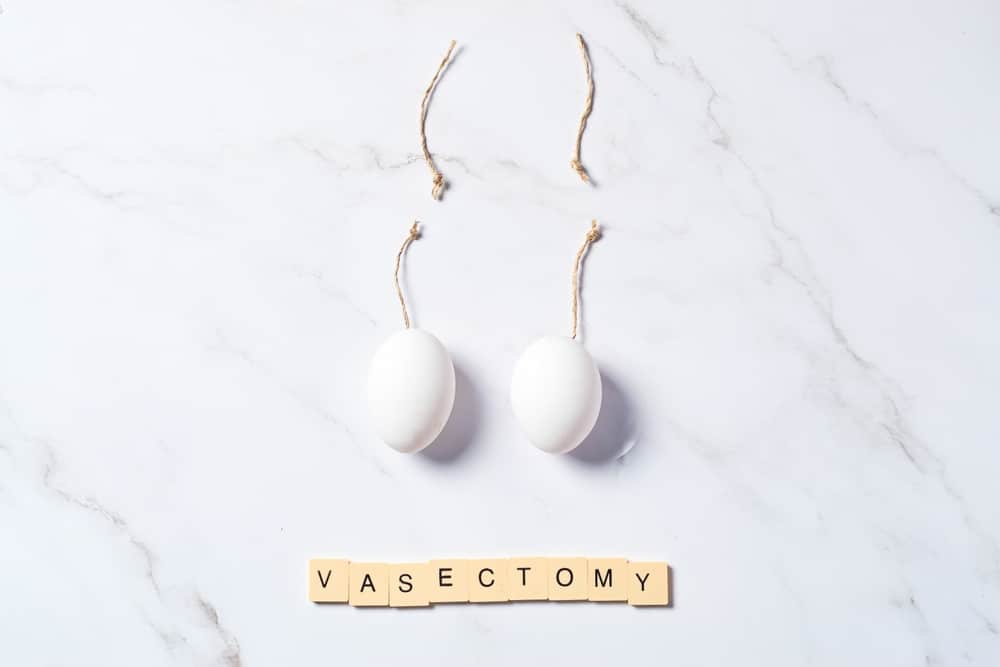Vasectomies are an effective form of birth control that offer peace of mind and the freedom to enjoy a worry-free sex life. However, this procedure is a big decision that requires careful consideration and planning. If you are considering getting a vasectomy in Dallas, there are several important things to know first.
From procedural techniques to recovery timelines, and even the options for conception after a vasectomy, we’ve rounded up everything you need to know before getting a vasectomy.
Choose the Right Provider for You
Selecting an experienced urologist who is qualified to perform these types of detailed procedures is essential to ensure the best outcome for you. The surgeon should have extensive experience performing the procedure, as well as in-depth knowledge of male reproductive anatomy. Additionally, your reproductive urologist should be willing to discuss all aspects of the procedure, including risks and possible side effects.
It is important to look for a care provider who is patient and willing to answer all questions, as well as discuss any concerns. At Posterity Health, we have multiple skilled surgeons on staff across the country who can handle your vasectomy procedure and we always take the time to thoroughly discuss male fertility care options beforehand.
Is There Pain Associated with Vasectomies?
Some men experience some discomfort following the procedure, but it is typically minimal and often dissipates within a few days. The pain symptoms following a vasectomy can be managed with over-the-counter medications, such as ibuprofen. Local anesthesia will be used during the procedure to reduce discomfort.
Vasectomy Procedural Techniques
While there are a variety of vasectomy techniques, the surgical procedure aims achieve two main goals:
- Isolation of the vas deferens
- Occlusion (blocking) of the vas deferens
There are two common techniques used for performing a vasectomy in Dallas. The more traditional method involves making two small cuts in the scrotum so the provider can access the vas deferens. A small section of the vas deferens is then removed, and the ends are cauterized and then tied with stitched. This process is performed on each testicle through the original cuts or new incisions if needed, which are then closed shortly after.
The second method involves a “no scalpel” process. During this type of vasectomy procedure, a small hole is made on the side of the scrotum. The provider locates the vas deferens and pulls it through the hole in order to cut and remove it. Like the other method, the ends are then cauterized or tied before the doctor puts the vas deferens back into place. Because of the size of the hole that the provider makes, there are no stitches with the “no scalpel” process.
With either method, most patients are able to go home the same day as the procedure.
The Recovery Process
Following the vasectomy procedure, it is essential to adhere to your doctor’s instructions for post-procedure care. Most men who have undergone the procedure will experience some level of soreness and swelling in the scrotal area for several days following the procedure. These symptoms are normal and should diminish over time, but patients should plan to rest and immobilize themselves for at least two days. Many men will book their procedures on a Friday and take the weekend to recover, so that they can be back at work on Monday. However, if you get your procedure done during the week, plan to take at least two days off work for your recovery period.
Patients should also avoid strenuous activities, such as running or lifting heavy objects, for at least one week after the procedure. To support your recovery, try these tips and bits of recovery advice:
- Ice the scrotal area to reduce inflammation
- Elevate your feet to promote circulation
- Wear comfortable and loose clothing
When Does a Vasectomy Becomes Effective?
While a vasectomy is around 99% effective in preventing pregnancy, patients will have to wait before the benefits take hold. Men will usually need to wait about 8 weeks (about 2 months) before their vasectomy can work as a practical form of birth control.
Roughly 8 weeks after the procedure, our team at Posterity Health will perform a semen analysis to ensure no sperm is in the semen and the surgery was successful. You should rely on other forms of contraception until after the semen analysis and you receive the all-clear from your provider.
Conception After a Vasectomy
What happens if you decide to have more children after the procedure? Is it possible to reverse a vasectomy and conceive naturally?
The answer is yes, for most individuals. A male fertility specialist can determine if you are a good candidate for a vasectomy reversal during an in-depth consultation. Most vasectomy reversals are 90-95% effective, allowing patients to naturally conceive once more.
If you are set on a vasectomy but still want to keep the possibility of having children in the future, there is another option for you. Cryopreservation services provide an alternative to reversing your vasectomy down the line. Through cryopreservation, sperm can be collected and stored until you and your partner are ready to conceive. It may be worthwhile to freeze a sperm sample through a male fertility clinic, like Posterity Health, before moving forward with your vasectomy procedure.
Schedule a Vasectomy in Dallas with Posterity Health
At Posterity Health, we offer convenient and reliable scheduling for vasectomy procedures so you can easily fit the surgery into your schedule. As part of our comprehensive male fertility services, Posterity Health provides individuals with the opportunity to receive expert care when it comes to their reproductive health. Our experienced microsurgeons are skilled in a range of vasectomy techniques, so you can feel confident that you are receiving the best care available near you.
Contact us today to schedule an appointment and learn more about getting a vasectomy in Dallas, TX.

